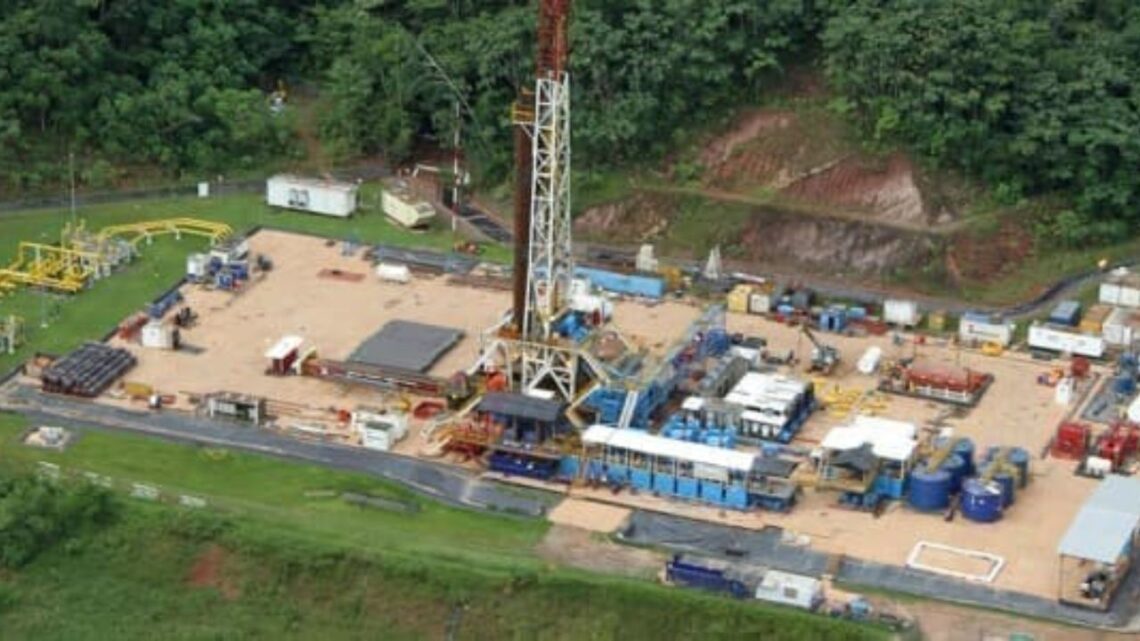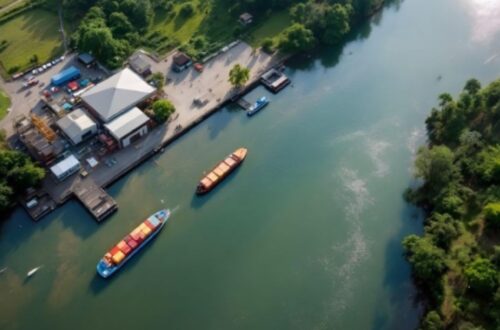Peru is launching a coordinated push to reboot its energy sector by pairing new offshore oil exploration with Saudi-backed investment in LNG, critical minerals, and green hydrogen.
The plan aims to lift domestic production, stabilize fuel supplies, and channel capital into clean-energy projects—reducing import bills while building future-ready industries.
Chevron’s Offshore Entry
Peru has cleared the way for Chevron to participate in offshore exploration alongside established partners on multiple northern Pacific blocks.
The initial phase focuses on seismic work and appraisal drilling, followed by development wells if commercial reserves are confirmed.
Authorities and operators are aligned on an early-2026 spud window, with an initial investment program earmarked for exploration and studies.
If results meet expectations, projected output growth over the medium term could materially reduce net crude imports, strengthen the trade balance, and create local supply-chain jobs in services, logistics, and equipment.
Saudi Lin- Minerals, LNG, and Strategic Finance
Peru is also deepening ties with Saudi Arabia through government-to-government cooperation on lithium and strategic minerals, plus collaboration around LNG and energy infrastructure.
The relationship complements Peru’s existing gas export platform, opening doors to new buyers, long-term offtake, and project finance.
For Peru, the goal is to secure stable demand and competitive capital costs; for Saudi partners, it provides exposure to Andean resources and a foothold in Pacific LNG routes.
Refining Backbone- Talara & Cross-Border Flows
A key piece of Peru’s strategy is maximizing the upgraded Talara refinery (nameplate capacity around 95,000 barrels per day).
To keep utilization high and product prices more stable, Peru is pursuing cross-border crude flows from Ecuador into Peru’s pipeline network—improving feedstock security and supporting Petroperú’s turnaround plan.
Better refinery runs mean more cleaner fuels at home, less reliance on imports, and improved cash flow for continued maintenance and upgrades.
Green Hydrogen- From Law to Bankable Projects
Peru has designated green hydrogen a national priority and moved forward with implementing regulations to convert pilot ideas into bankable projects.
The roadmap targets refining, fertilizers, trucking, and heavy industry, where H₂ can displace high-emissions fuels.
Clear rules on permits, land use, grid access, and offtake are designed to attract long-term capital and align hydrogen with the country’s renewables build-out.
Snapshot of Peru’s Energy Push
| Pillar | What’s Happening | Key Figures/Timing | Why It Matters |
|---|---|---|---|
| Offshore oil | Chevron joins exploration program on Peru’s northern offshore blocks | Exploration program launched; drilling targeted from early 2026 | Raises domestic output, reduces oil imports, boosts jobs and services |
| Saudi partnership | Cooperation on lithium/strategic minerals, plus LNG linkages and financing | Medium-term MoUs and capital commitments | Anchors foreign investment, diversifies exports, strengthens energy ties |
| LNG platform | Deeper commercial links to global LNG buyers and investors | Multi-year offtake and portfolio integration | Improves market access, stabilizes gas monetization |
| Refining & logistics | Feed Talara (≈95 kb/d) via improved cross-border crude logistics | Near-term operational ramp-up | Lifts utilization, supports Petroperú finances, steadies fuel prices |
| Green hydrogen | Regulations to accelerate H₂ projects in industry and transport | 2025–2028 rollout phases | Enables decarbonization and new industrial value chains |
Risks and Watch-Points
- Execution risk: Offshore drilling timelines, supply-chain bottlenecks, and weather windows must align.
- Permitting clarity: Predictable rules for H₂, renewables, and midstream assets will determine how quickly projects reach final investment decisions.
- Community & security: Stable conditions along pipeline corridors and around project sites are essential.
- Balance sheets: Continued improvement in refining economics and transparent governance will help crowd in private capital.
By combining Chevron’s offshore expertise with Saudi-linked capital in LNG and strategic minerals, Peru is engineering a balanced energy transformation—one that secures near-term oil and fuel stability while building future-proof industries in hydrogen and critical minerals.
If drilling milestones, cross-border logistics, and hydrogen rules stay on track, 2025–2028 could mark Peru’s most consequential energy reset in decades.









